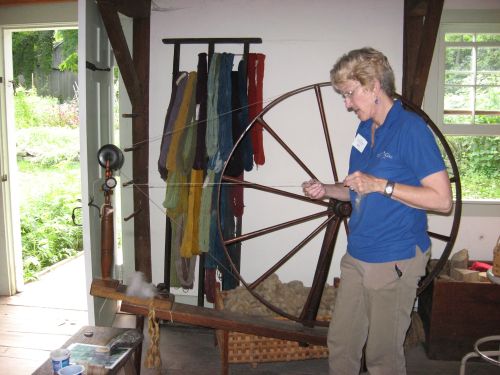The Social Graces tells the story of the rivalry between two women, a generation apart, who led New York Society in the late 1800s.
Caroline Schermerhorn Astor was known as THE Mrs. Astor. If you weren’t among the 400 socialites invited to her annual ball or her summer clambake in Newport, RI, you simply weren’t part of the elite. And people with “new money”—the railroad barons, etc.—didn’t have a prayer of receiving one of her coveted invitations. That is, until determined, clever Alva Vanderbilt came along.
This sharp dichotomy between old and new money is tremendously ironic. The founder of the Astor fortune, the first John Jacob Astor, was hardly a cultivated person. I describe him this way in my first novel, The Ambitious Madame Bonaparte:
Astor was a short man with dark blond hair, drooping brown eyes, and a large pointed nose. He spoke English with a German accent, and his manners were nearly as rough as the fur trappers who had made his fortune, but Betsy liked him because they shared the traits of ambition, determination, and practicality.
To be honest, I wasn’t sure how much I’d like a novel about two wealthy, privileged women competing to be the queen of New York society. However, I thought that, in their separate narratives (each has third-person point-of-view chapters threaded throughout the book), Rosen dramatized enough of the heartbreaks they endured and the life lessons they learned to convey their essential humanity. Both women make terrible mistakes with regard to their children, but in this portrayal at least, I never doubted their good intentions. (I’ve read enough other accounts of Alva Vanderbilt to wonder if Rosen was perhaps being too kind.)
Rosen made one other choice in the novel that I absolutely loved. Two of my favorite pieces of literature—the short story “A Rose for Emily” by William Faulkner and the poem “Richard Cory” by Edwin Arlington Robinson—share an unusual characteristic: both are narrated by the collective voice of the community in which the main character lives. I have always felt this modern version of the Greek chorus adds a unique perspective and have wished that more authors would make use of the technique.
Well, Rosen has a third voice to her narrative, in addition to the focusing closely on the lives of each woman. She has chapters narrated by “society” that give the collective opinion on the actions of Caroline Astor and Alva Vanderbilt. The last word, so to speak. This device reveals more of the broader impact of the two women, and I found it very effective.


















